Image Object Exhibition vol.2 : Contemporary Daguerreotype Exhibition “Care: In an Age of Uncertainty”
Oct 8 - Nov 16, 2021
Supported by
POLA ART FOUNDATION
Arts Council Tokyo (Tokyo Metropolitan Foundation for History and Culture)
NOMURA FOUNDATION
Image Object Exhibition vol.2 : Contemporary Daguerreotype Exhibition “Care: In an Age of Uncertainty”
Oct 8 - Nov 16, 2021
Supported by
POLA ART FOUNDATION
Arts Council Tokyo (Tokyo Metropolitan Foundation for History and Culture)
NOMURA FOUNDATION
-
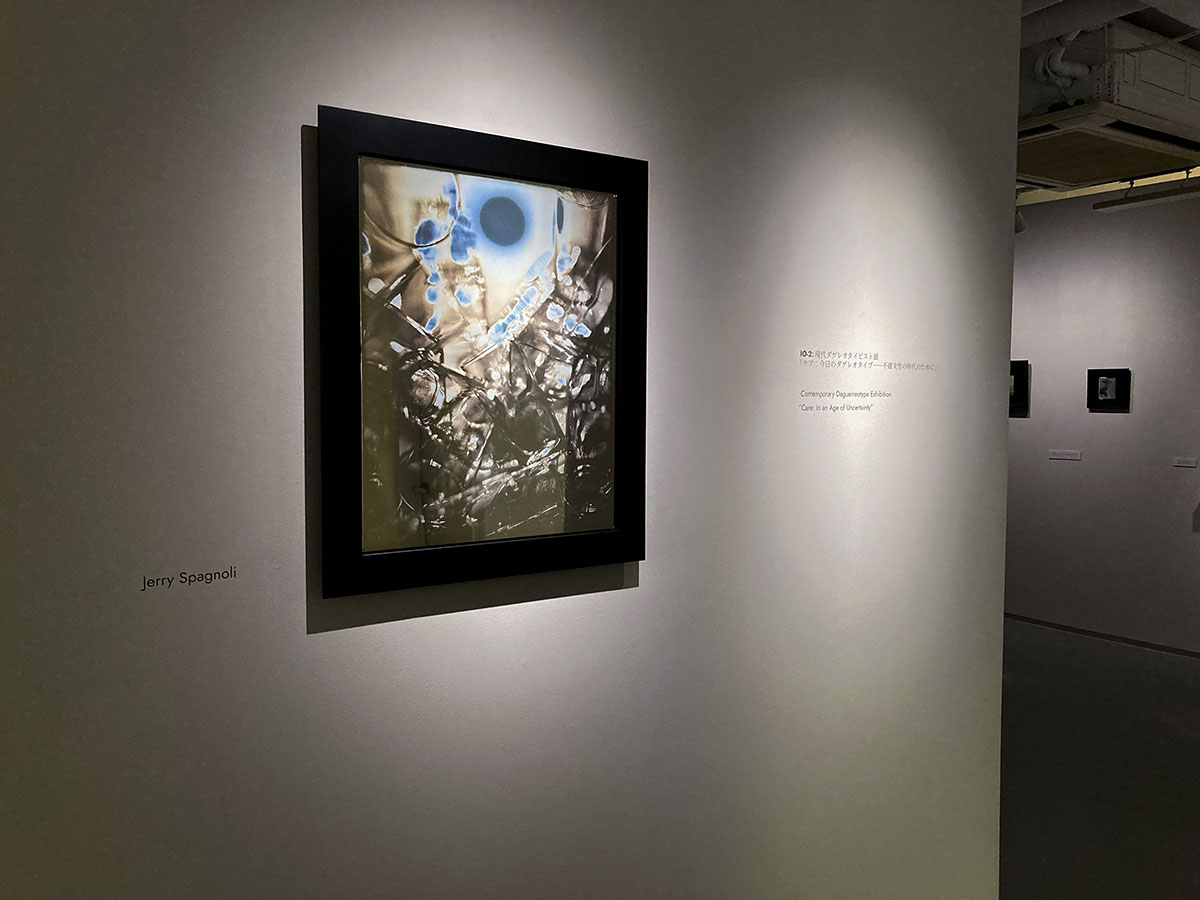
©Jerry Spagnoli
-
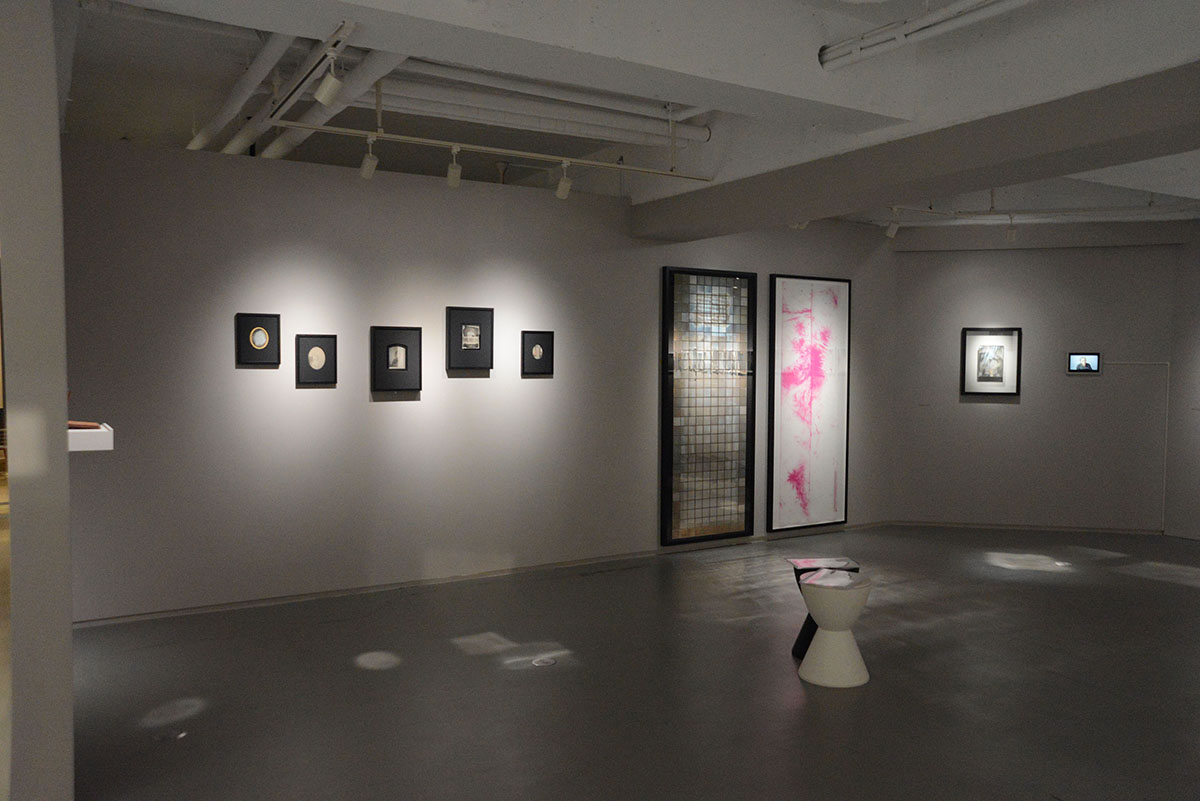
-
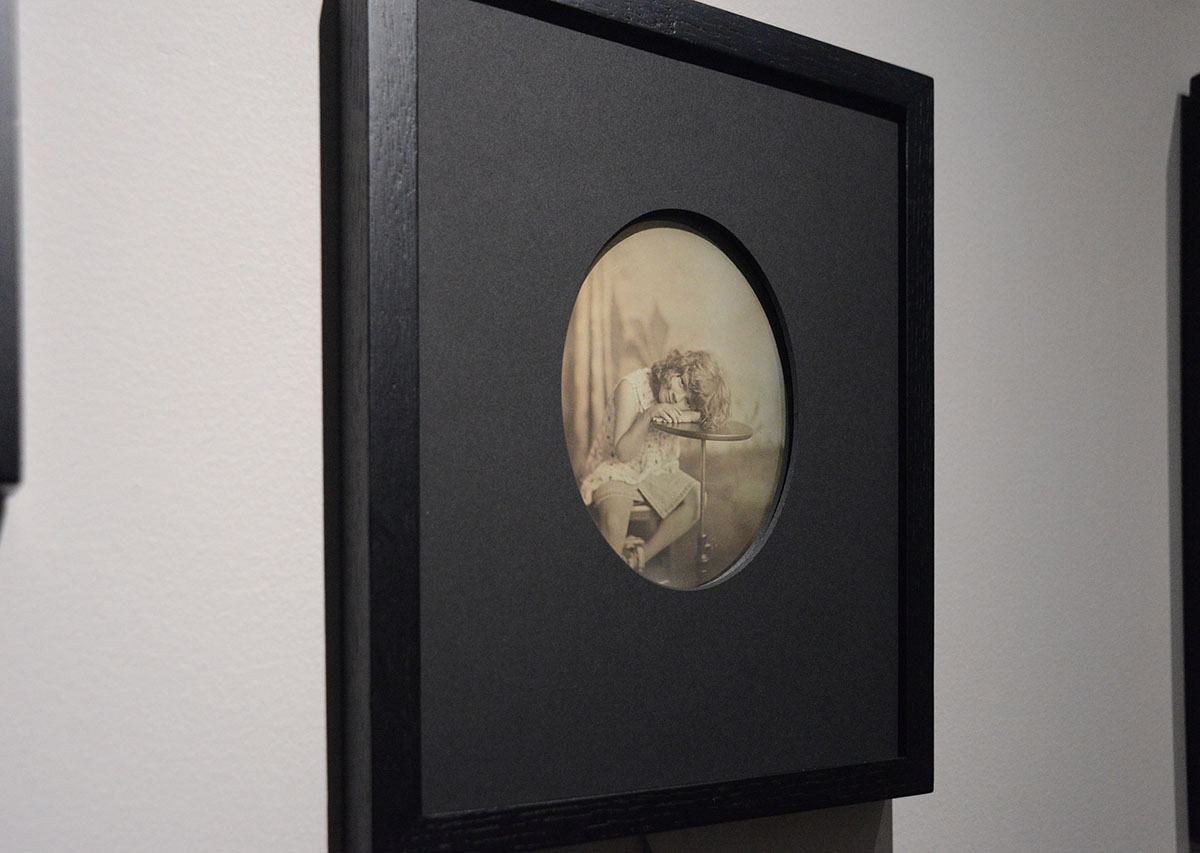
©Mike Robinson
-
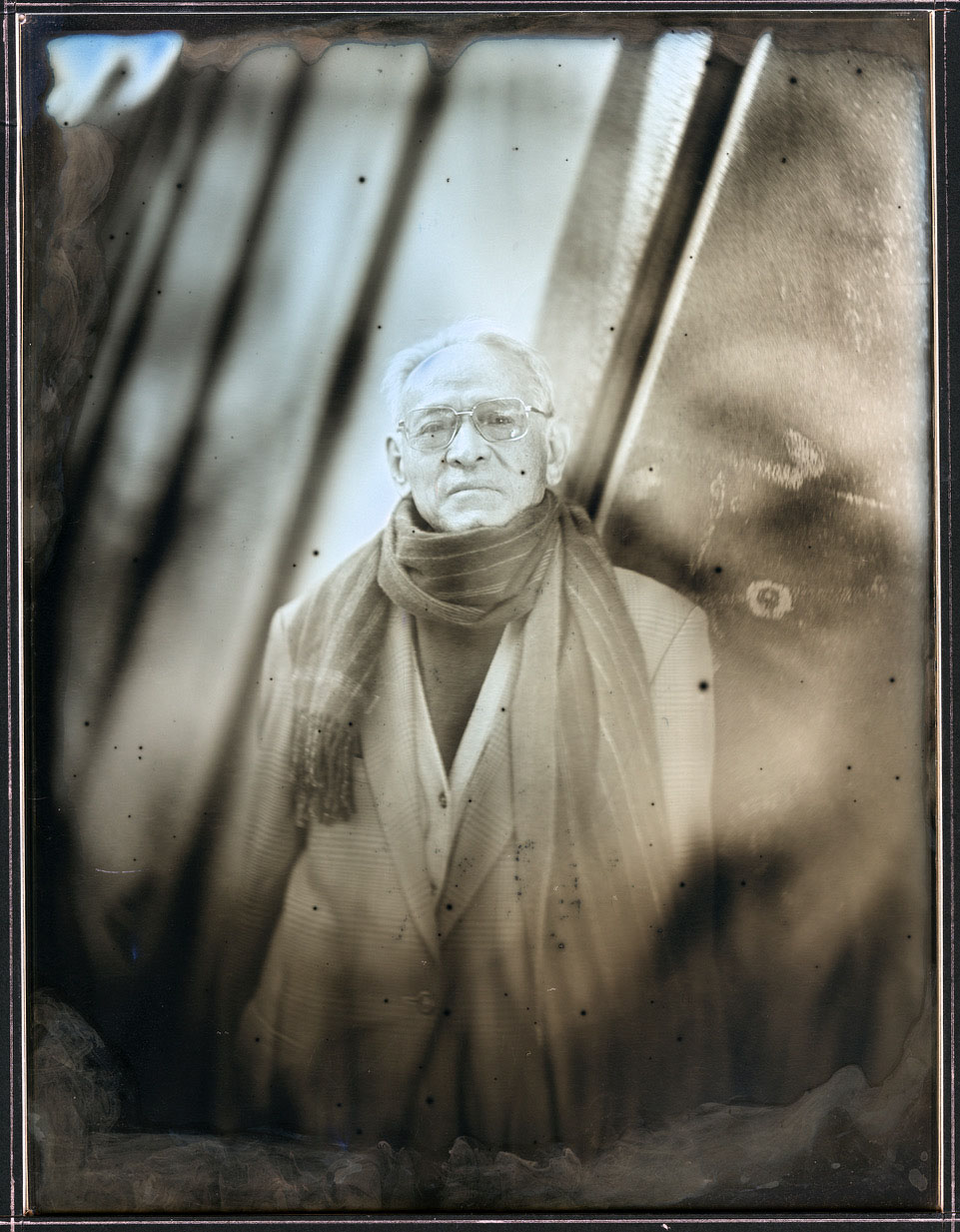
©Takashi Arai
-
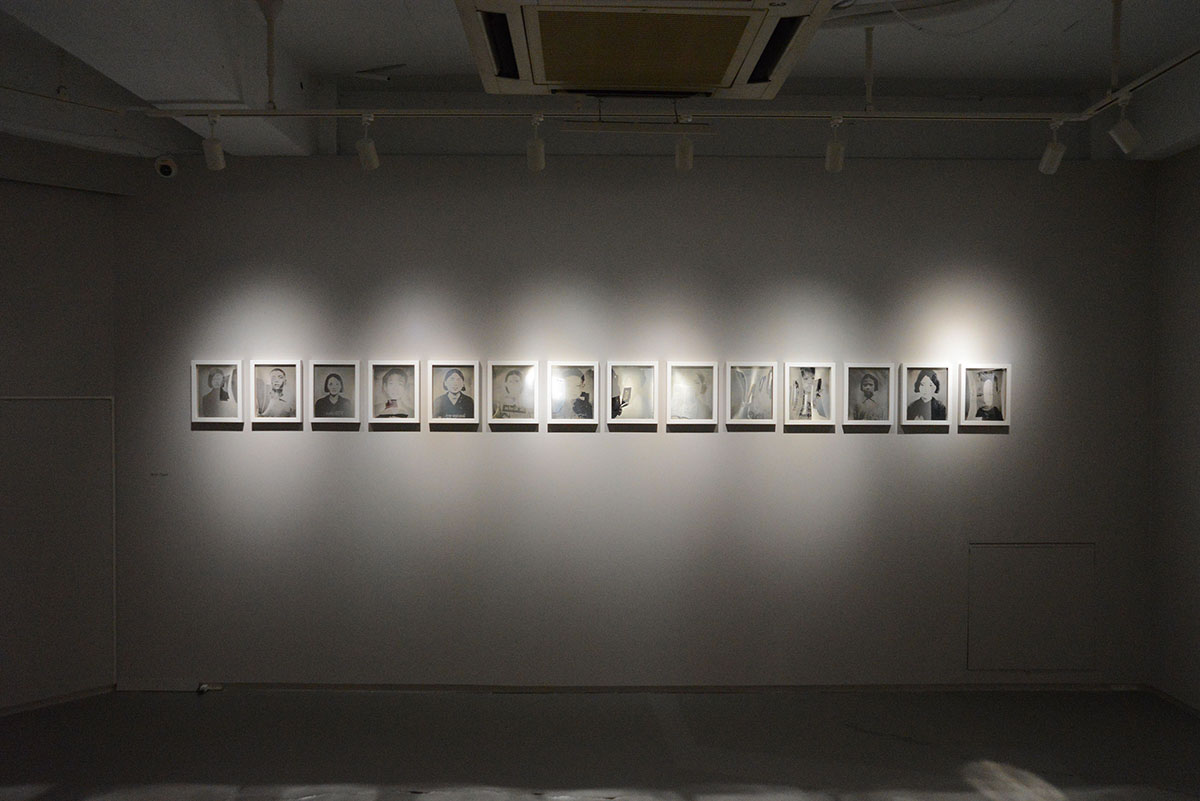
©Binh Danh
-
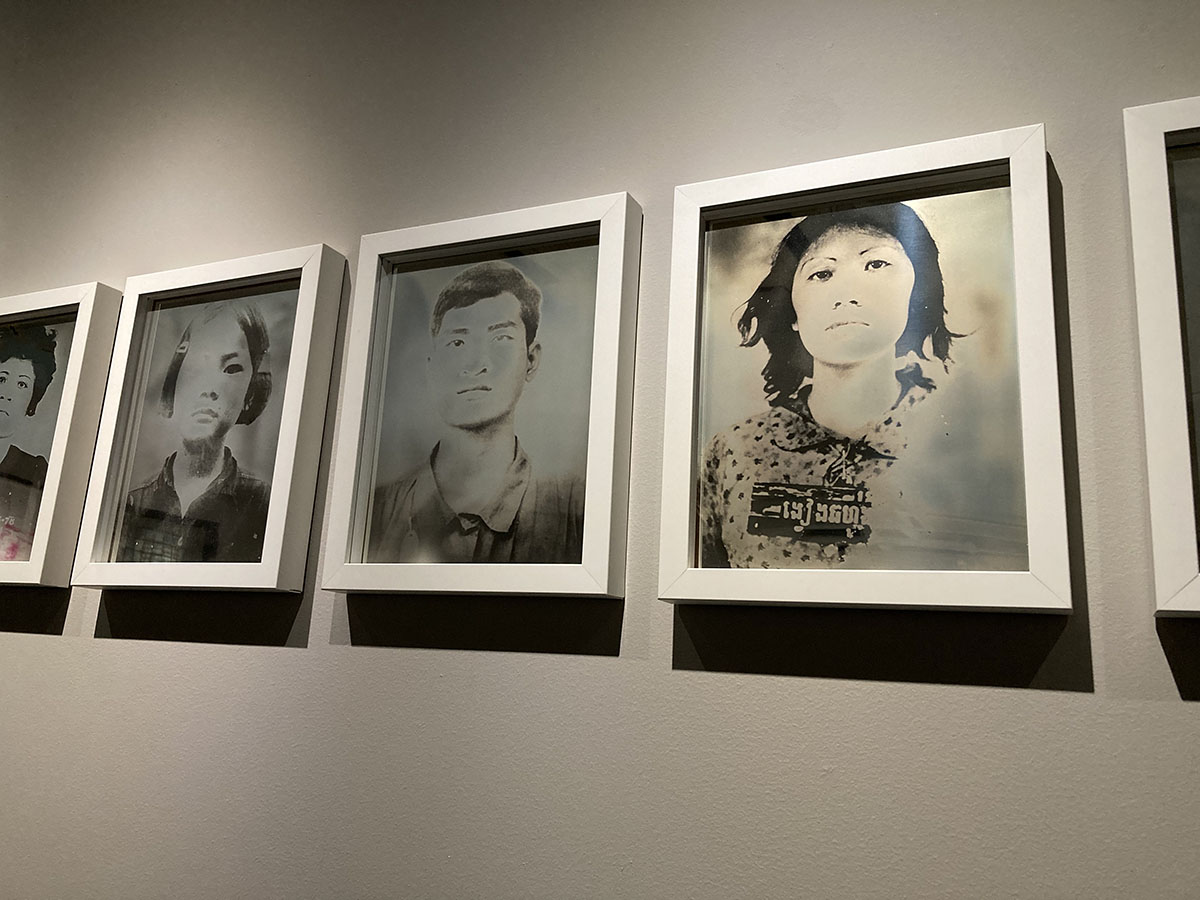
©Binh Danh
-
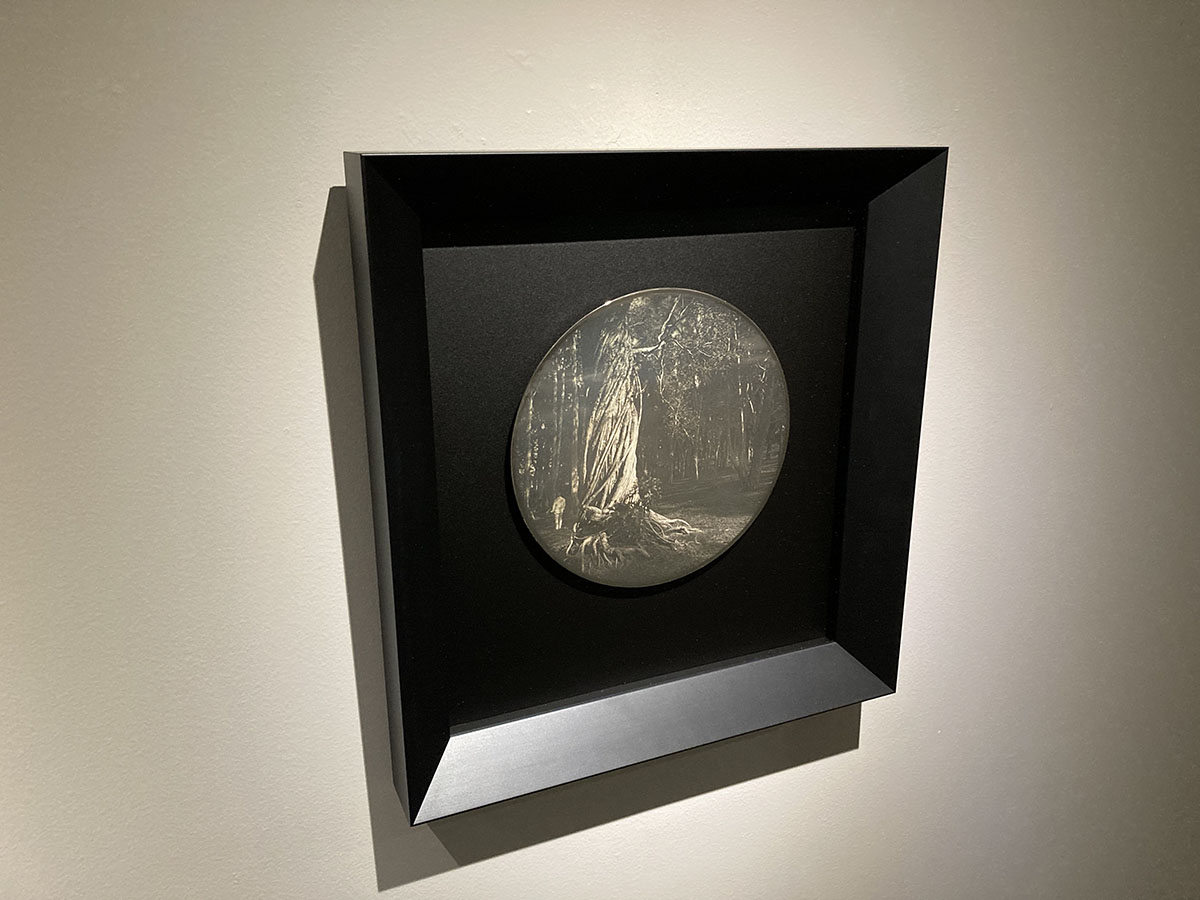
©Craig Tuffin
-
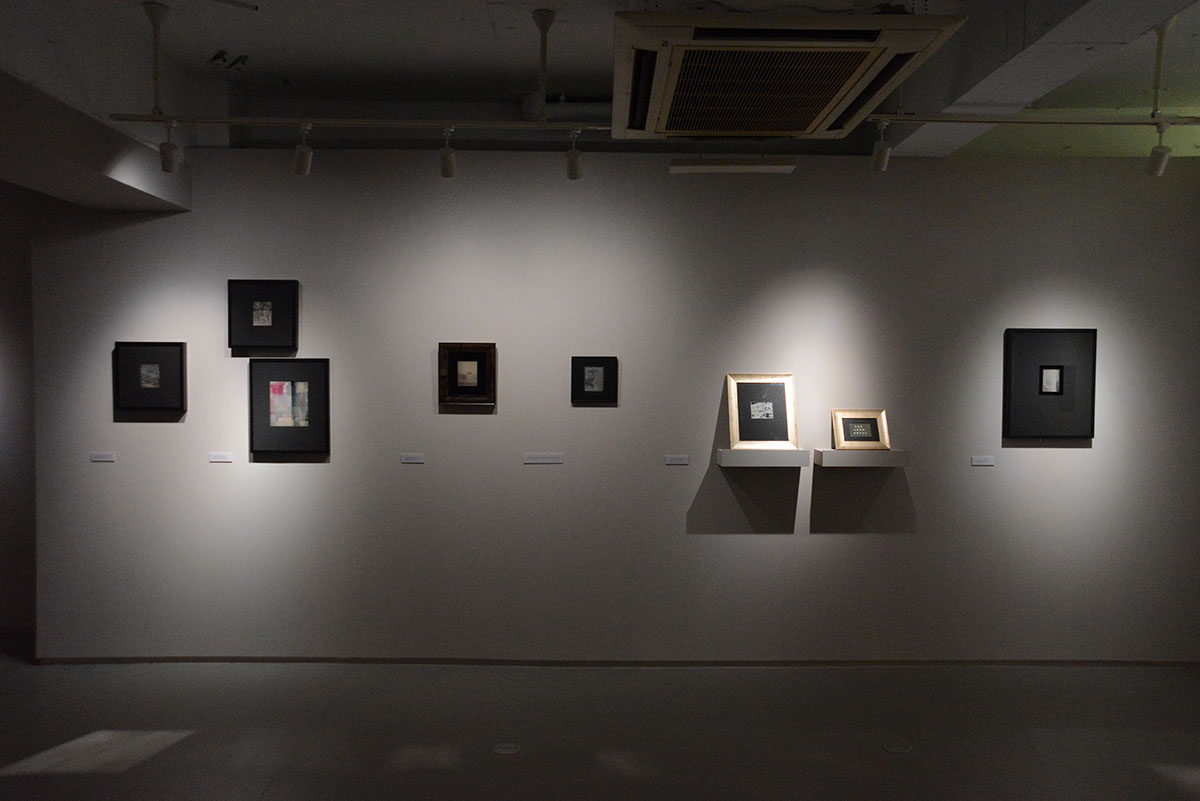
-
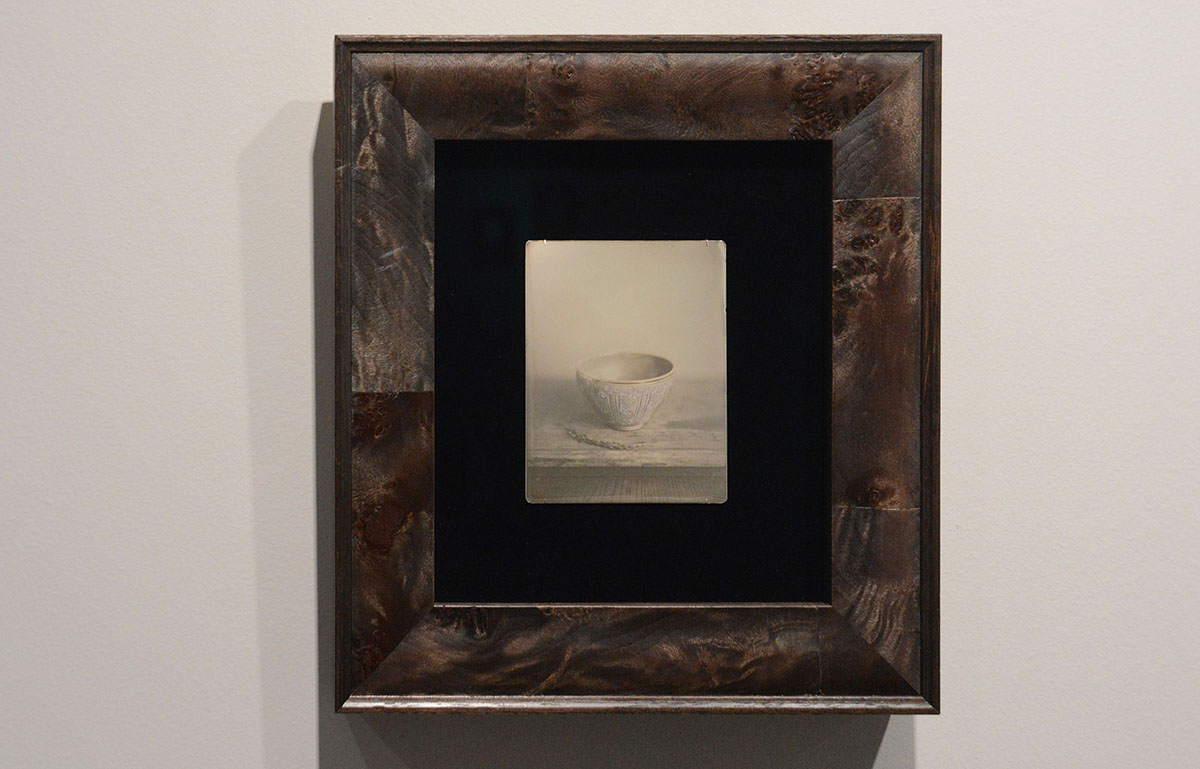
©Yoko Mochizuki
Contemporary Daguerreotypists Japan Committee and PGI will hold an exhibition with the theme of “Care – Daguerreotype Today: In an Age of Uncertainty”.
The word “care” can have many connotations.
In this age full of uncertainty due to the many natural disasters, conflicts, and a pandemic, we chose this as the exhibition theme to consider what photography has captured up to now and its limits.
One aim of this exhibition is to re-examine how photography as a medium can mediate between people when we think about the value of family, society, oneself, others, and those involved in various issues.
Along with works by Takashi Arai, Binh Danh, and Jerry Spagnoli, works by awarded artists as well as public submissions under the theme of “care” will be exhibited.
About the Exhibition
The Exhibition Care: In an Age of Uncertainty is an open-submission juried exhibition that considers anyone who practices daguerreotype process. At the dawn of photography in the nineteenth century, daguerreotype served as the means to secure memories of loved ones, as well as one’s own likeness, for generations to come. The modern ability to instantly share photos is an extension of the same determination that produced those old family albums and portraits. The ongoing crisis caused by the pandemic has served as a reminder of how precious—and fleeting—life truly is. Our wish is to recapture photography’s potential as a physical container of individuals’ memories, especially during these trying times. The theme of this exhibition, “Care,” is meant to be open-ended and freely interpreted. We hope this exhibition will inspire widely a sense of life and vitality in the face of current global struggles.
Click HERE to see the results of the open call.
About Contemporary Daguerreotypes Japan and IO-2(Image Objects Exhibition vol. 2)
Contemporary Daguerreotypes (http://cdags.org) was an online collective of twenty-first-century daguerreotypists formed by Alan Bekhuis of New Zealand in 2008. In 2012, Bekhuis and the collective organized IO-1(Image Objects Exhibition vol.1) at the Penumbra Foundation, New York, featuring thirty-three daguerreotypists from sixteen countries. In 2020, with around eighty individuals from twenty countries as its members, the site ceased updating. It was a hub for discussing the medium and sharing technical information that provided an invaluable resource for those interested in the process. IO-2 aims to build upon the foundations laid by Bekhuis and reinvigorate the community with another outstanding international event.
IO-2: Image Objects Exhibition vol.2 official website
IO-2: Contemporary Daguerreotypes International Symposium
Photography for Resilience: History, Technology, and Art of Daguerreotype
Date & Time: 8:00am -12:00pm (Japan) Oct 31 7:00pm-11pm (The eastern U.S.) Oct 30
Venue: Online
Fee: FREE
Care – Daguerreotype Today: In an Age of Uncertainty
In 1839, the history of photography began together with daguerreotypes. It’s been some 180 years since then, and, together with the development of media, photography has made it possible to share a cropped “reality” with others, being used in all kinds of fields as a way of motivating people. However, at that time in the 19th century – especially when daguerreotypes were popular – photography was mainly seen as a “recording device” to capture one’s, or one’s family or loved ones, appearance for the future. It was an act that was given a special meaning.
Right after the Great East Japan Earthquake in 2011, the memory of volunteer groups cleaning family photos that were washed up on the shores and returning them to victims’ relatives is still fresh in our minds. This made it clear that photography’s value as a “recording device” for these once thought to be forgotten people is still invaluable in the 21st century.
This is an age where we live in uncertainty, an age of many natural disasters, conflicts, and a pandemic. Each of us must have started asking ourselves what is the meaning of life and death, and how we can lend a helping hand to others.
In these times of “Caring,” how will we be reflected in daguerreotypes, the mirror of memory and photography as a “an image object”.
Contemporary Daguerreotypes Japan Committee
Takashi Arai (Artist/Film Director)
[IO-2: Care – Daguerreotype Today: In an Age of Uncertainty]
[How to Daguerreotype]
Artists
Takashi Arai
Born in Kawasaki city, Kanagawa prefecture, in 1978. After discovering daguerreotypes were an early form of photography on his journey to discover the roots of the medium, he picked up the technique after trial and error. Arai has made it his original medium capturing his subject matter as “small monuments,” conveying a vivid impression that goes beyond space and time. He was awarded the Source-Cord Prize, UK, (now the Solas Prize) in 2014, as well as the 41st Kimura Ihei Award, the Japan Professional Photography Society New Photographer Award, and the Kanagawa Culture Future Award, in succession in 2016. Arai’s short film, “Oshira Kagami: The Mirror of the Oshira Deity” won the Top Short Film Prize at the 72nd Salerno International Film Festival, Italy. His works are in numerous museum collections such as the Smithsonian Museum, the Museum of Fine Arts, Boston, the San Francisco Museum of Modern Art, the National Museum of Modern Art, Tokyo, the Tokyo Photographic Museum, Musée Guimet, among others.
Binh Danh
Born in Vietnam in 1977. Artist and assistant professor at San Jose State University (Photography Studies). Danh has gained attention in the American art scene for his works that depict the history of Vietnamese immigrants, especially the Vietnam War. Thereafter, he has made works using various photographic techniques such as chlorophyll prints and daguerreotypes. Recent projects include the landscape series of “battlefields” using alternative processes (solo exhibition photo techniques), a daguerreotype series on national parks in America, among others. Danh’s works belong to numerous collections including the San Francisco Museum of Modern Art, Philadelphia Museum of Art, George Eastman Museum, M. H. de Young Memorial Museum, among others.
Mike Robinson
Mike Robinson’s PhD dissertation, The Techniques and Material Aesthetics of the Daguerreotype explains why daguerreotypes look the way they do. It does this by retracing the pathway of discovery and innovation described in historical accounts, and combining this historical research with artisanal, tacit, and causal knowledge gained from synthesizing new daguerreotypes in the laboratory. Admired for its astonishing clarity and holographic tones, each daguerreotype contains a unique material story about the process of its creation. Clues from the historical record that report improvements in the art have been tested in practice to explicitly understand the cause for effects described in texts and observed in historic images. This research raises awareness of the materiality of the daguerreotype as an image, and the materiality of the daguerreotype as a process.
Jerry Spagnoli
Lives and works in New York City. Currently working on a series of historical documentation projects. The preoccupation of these projects is how the personal experience of history and the “objective” document of it are enmeshed. Within this series is a continuing exploration of the daguerreotype and the collotype and their potential as contemporary photographic mediums.
His work has appeared in many books and publications, including his latest, Regard, published by Steidl in 2019. His work is also in the collections of the Whitney Museum of American Art, the Museum of Fine Arts, Boston, the National Portrait Gallery, the Nelson-Atkins Museum of Art, the Fogg Art Museum, and other museums.
Craig Tuffin
Born in Redcliffe, Australia in 1969. Highly regarded artist and educator, living on the Tweed Coast in Northern New South Wales. With thirty years of teaching experience, he has developed the only Australian State School “19th Century Photographic Process” curriculum.
Tuffin’s work has concentrated on the very earliest methods from the 19th Century photographic techniques that produce unique positive images.
Tuffin has won numerous awards and is represented by GoldStreet Studios, Victoria/Beijing and the Lebovic Gallery, Sydney. He is a consultant in 19th Century photographic methods for the Museum of Brisbane and regularly travels as a speaker at institutional events. His work is in the collection of the Getty Research Institute, the National Gallery of Australia, the State Libraries of Queensland, New South Wales and Victoria, among others.
Competition Winners
Grant Romer (USA)
Yoko Mochizuki (Japan)
Simone Choulle aka Nina Zaragoza et Hélène Vedrenne (France)
Åke Hultman (Sweden)
Anton Orlov (USA)
|
|